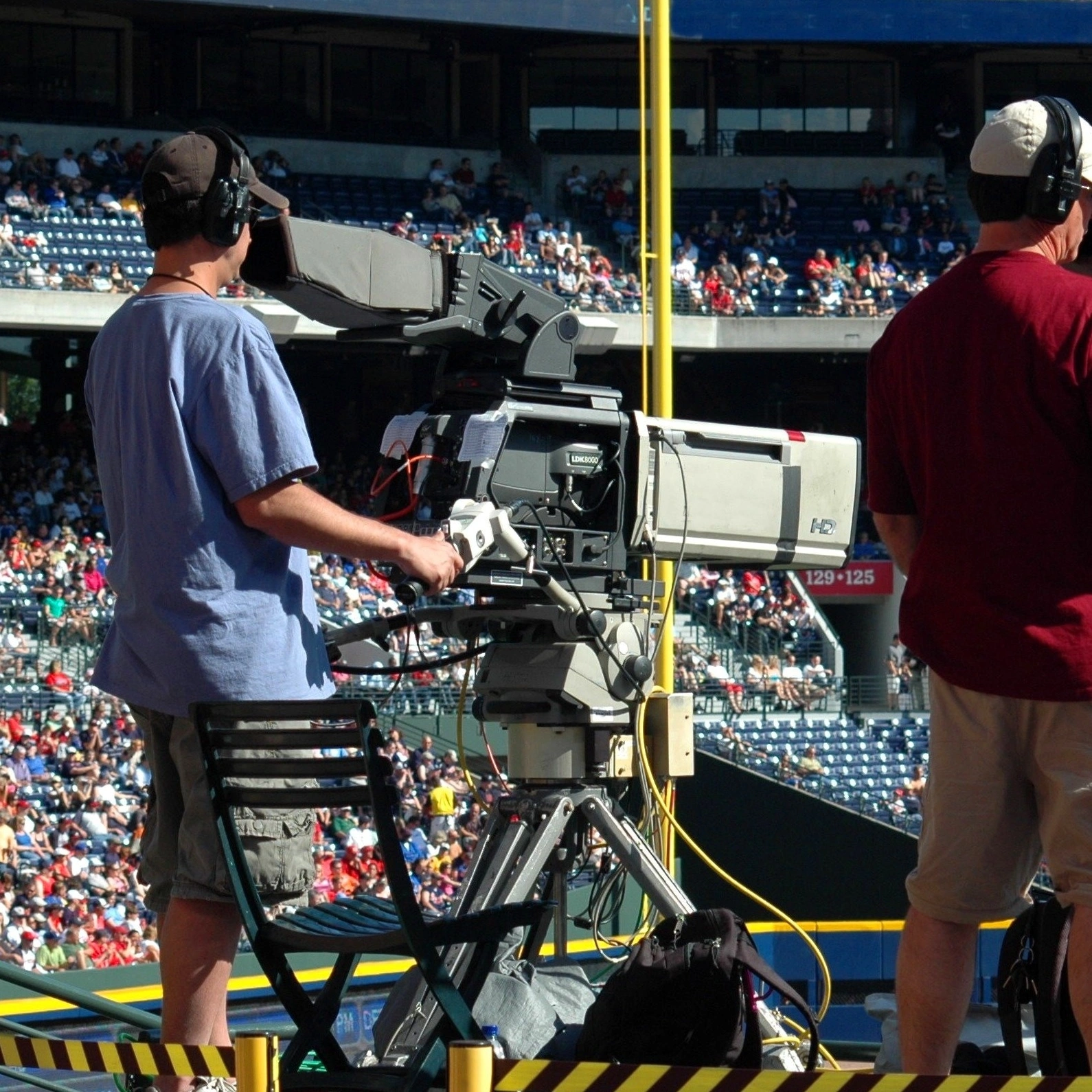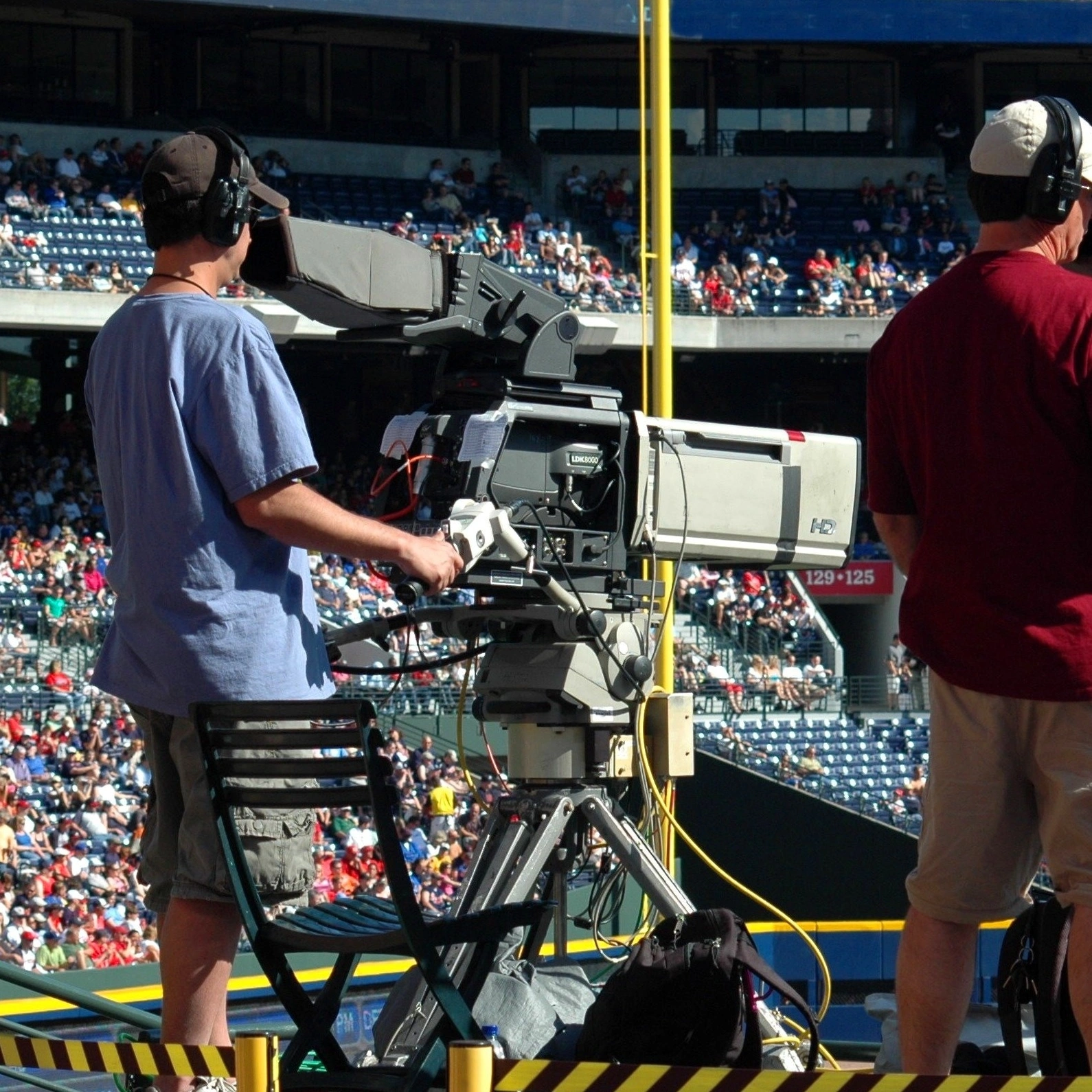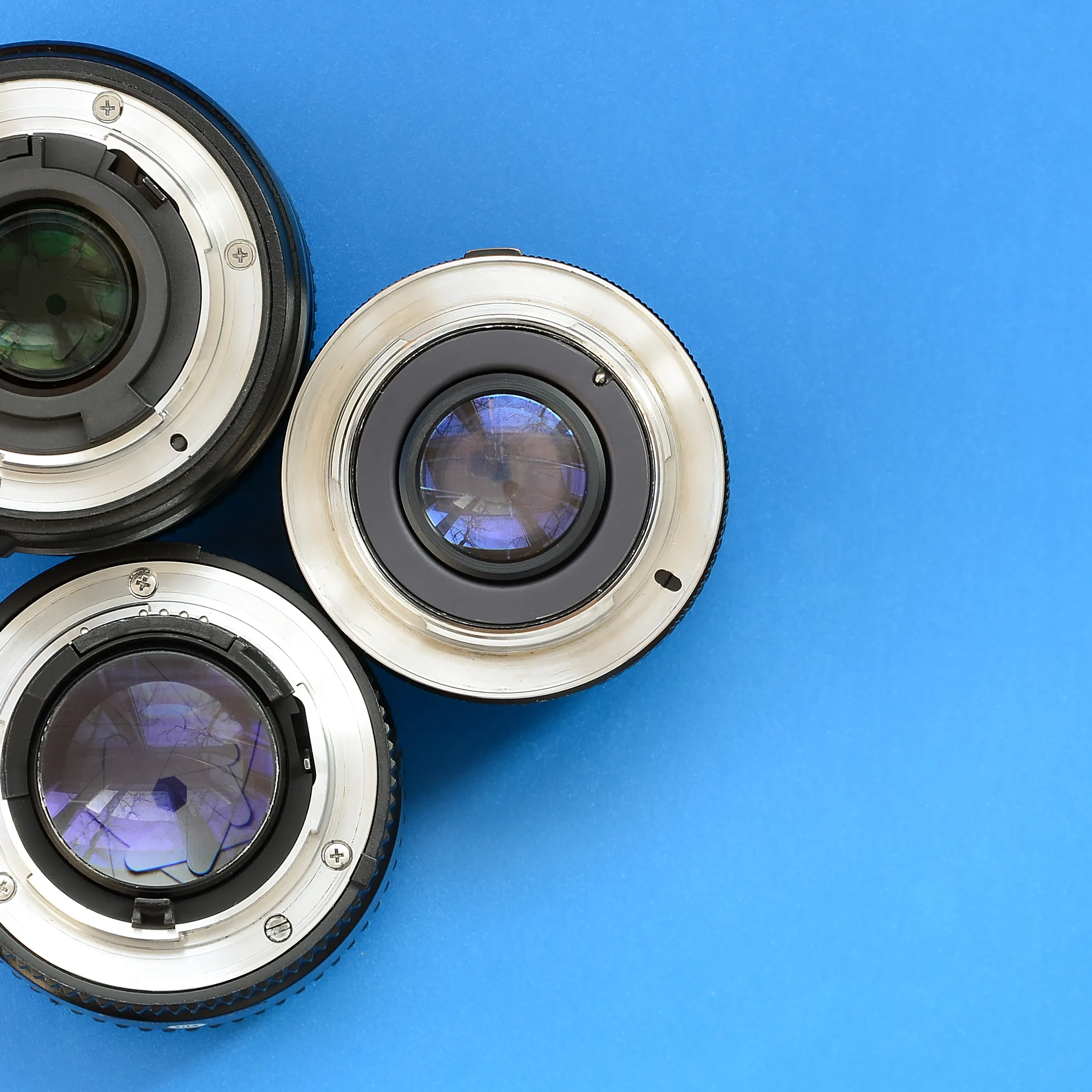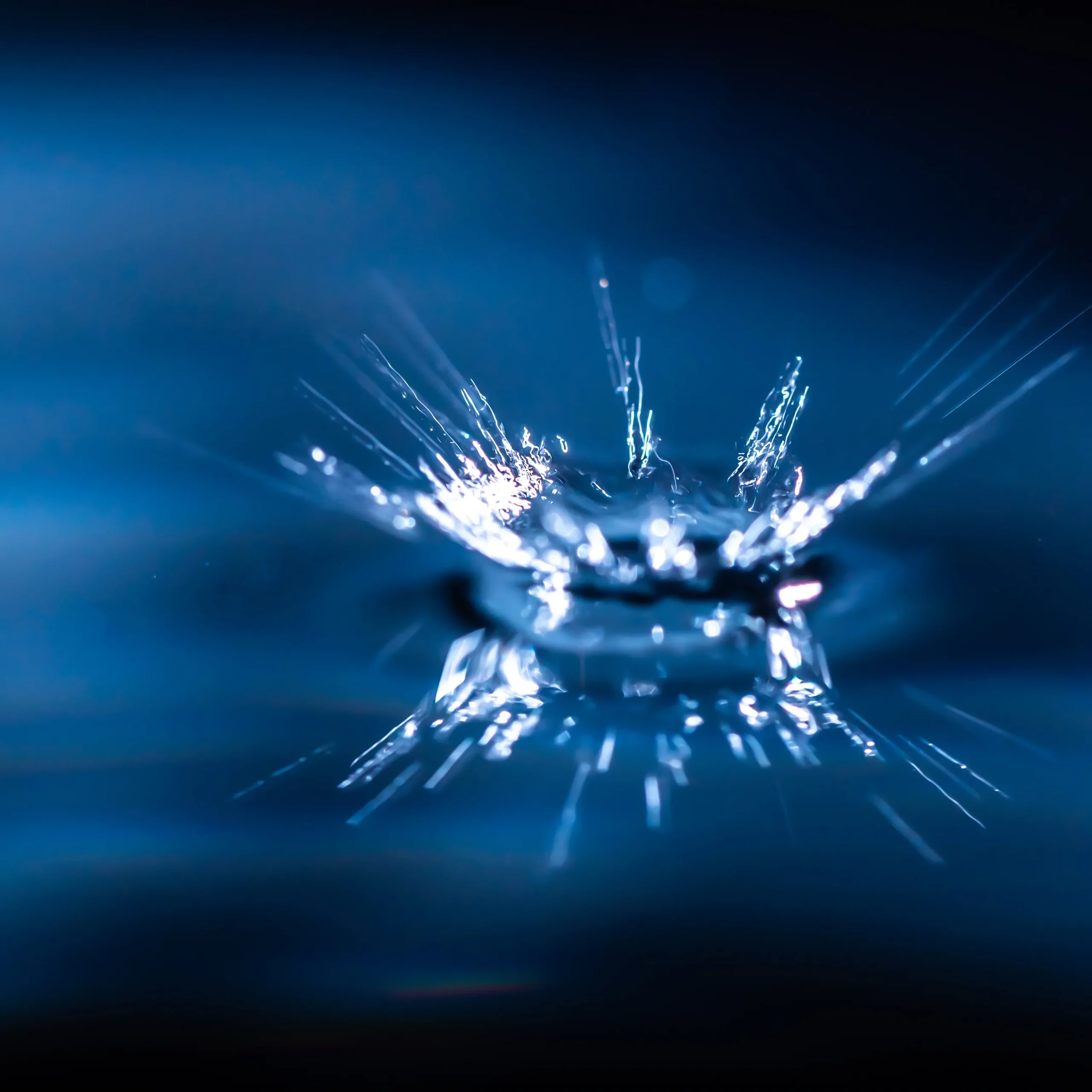The roar of the crowd, the crunch of the tackle, the fraction-of-a-second that separates victory from defeat—modern audiences expect every detail of live sports to be rendered flawlessly on screen. Broadcasters, in turn, demand tools that capture the action at lightning speed and deliver it to viewers without perceptible delays. This is where KAYA Vision’s CoaXPress sports broadcast cameras, led by the Iron 4502 and Iron 4600, reshape what is possible in low-latency high-speed imaging.
Why CoaXPress Matters for Live Sports
CoaXPress (CXP) has become the de-facto interface for professional sports production because it combines high bandwidth, long cable runs, power over cable, and robust error handling. For stadiums and arenas, a single Micro-BNC coaxial link can transmit up to 12.5 Gbps—enough to move uncompressed high-resolution frames at hundreds or even thousands of frames per second.
Unlike packet-based Ethernet systems that may add buffering and congestion delays, the deterministic nature of CXP makes it ideal for low-latency high-speed imaging. Frames travel directly from sensor to server with end-to-end delays measured in microseconds, perfect for real-time overlays, referee reviews, and on-air graphics that synchronize precisely with play.
Building an Ultra Slow Motion Replay System
An ultra slow motion replay system hinges on two core capabilities: extremely high frame rates and precise synchronization. Traditional broadcast cameras might top out at 240 fps, but flagship events often demand 1,000 fps or more to capture the subtle bend of a soccer ball or the flex of a tennis racket. The Iron 4502, powered by the Gpixel GSPRINT 4502 sensor and four CXP-12 lanes, achieves up to 2,436 fps at 8-bit pixel depth. Meanwhile, the Iron 4600 offers 8K-class resolution at 100 fps, giving directors the freedom to punch in on any region of interest without losing clarity.
By pairing these cameras with high-performance CoaXPress frame grabbers and SSD RAID storage, production engineers can acquire, buffer, and play back action in pristine, uncompressed quality. A single frame can be frozen, zoomed, and analyzed in real time, empowering pundits to dissect strategy and techniques while fans enjoy cinematic replays.
Low-Latency High-Speed Imaging Workflow
- Acquisition: Iron 4502 sensors capture each pixel with a global shutter, eliminating rolling artifacts common in LED-lit arenas.
- Transport: Four Micro-BNC connectors carry an aggregate 50 Gbps over standard 75 Ω coax for distances of roughly 40 meters at the full CXP-12 rate (and up to 100 meters at lower data rates) without repeaters.
- Processing: FPGA-based frame grabbers apply debayering, LUTs, and color correction with sub-millisecond latency.
- Distribution: SDI or SMPTE 2110 gateways feed live program and replay servers, ensuring synchronized playback to on-site big screens and remote OTT platforms.
The minimal buffering inherent to CoaXPress allows graphics engines to draw telemetry, augmented-reality ads, or virtual offside lines directly on the live feed. The result: a seamless viewing experience where commentators can pause, rewind, and illustrate within a single offensive drive.
Iron 4502: The High-Frame-Rate Specialist
At the heart of many CoaXPress sports broadcast cameras is the Iron 4502. Its 4.5 µm pixels strike a balance between sensitivity and resolution, while the global shutter guarantees every frame is perfectly aligned. Key advantages for broadcasters include:
- 2,436 fps at full 2048 × 1216 resolution, enabling true ultra slow motion replay system functionality.
- Exposure control down to approximately 3 µs for crisp imagery under flicker-prone LED stadium lighting.
- On-camera defect pixel correction, LUTs, and frame counters for simplified QC and workflow automation.
- PoCXP support that eliminates external power bricks and keeps camera rigs lightweight for handheld, rail, or drone mounting.
When directors need super-tight replays—think baseball pitch analysis or a volleyball spike—the Iron 4502’s generous 65 dB dynamic range maintains detail in bright uniforms and shadowed dugouts alike. A built-in fan provides active airflow, preventing thermal throttling during marathon broadcasts.
Iron 4600: 8K Detail for Creative Storytelling
Ultra slow motion is not only about frame rate; resolution matters when you want to zoom without pixelation. The Iron 4600 captures a colossal 8,320 × 5,456-pixel image on a 35 mm-format sensor, making it a favorite for cinematic angle feeds, virtual advertising panels, and immersive AR charts. Highlighted broadcast benefits include:
- 100 fps at 8-bit, 85 fps at 10-bit, 70 fps at 12-bit, and 53 fps at 14-bit—ensuring smooth playback even during intense action.
- >90 dB dynamic range plus >84 % quantum efficiency for vibrant turf greens and crisply lit night matches.
- Rolling-shutter imaging enhanced with on-camera ROI and binning so operators can trade resolution for higher rates during clutch moments.
- Lens mounts that include Active EF, allowing remote iris and focus control from the OB van.
Producers often deploy the Iron 4600 as a master capture device on center-line, then crop multiple HD sub-windows for social-media clips, VAR feeds, and scoreboard packages—maximizing content from a single camera position.
Integrating CoaXPress Cameras Into Existing Broadcast Infrastructure
KAYA Vision prioritizes SMPTE compliance and GeniCam standards across its cameras. Operators can therefore switch between Iron 4502 and Iron 4600 models in the same router matrix without rewriting control-panel presets. Deterministic triggering ensures that every angle fires on the same timecode, a must for 3D graphic alignment and multi-angle stitching.
Many production trucks already house CoaXPress frame-grabber cards; adding KAYA Vision cameras is as simple as connecting coax cables. Where Ethernet networks dominate, CXP-to-2110 gateways deliver essences directly into IP workflows while respecting the low-latency high-speed imaging mandate.
Field-Proven Ruggedness
Sports venues are harsh: temperature swings, accidental impacts, and constant relocation. Both Iron series cameras are tested to MIL-STD-810 shock and vibration specifications and offer optional IP67 protection. The Iron 4502’s active airflow and the Iron 4600’s solid metal housing dissipate heat throughout extended broadcasts, ensuring zero dropped frames from thermal stress.
Creative Usage Scenarios
- Goal-Line Tech: Mount several Iron 4502 units inside the crossbar to provide officials with frame-accurate confirmation of ball penetration.
- E-Sports Arenas: Capture players’ keystrokes and facial reactions at over 1,000 fps, syncing to game feeds for immersive picture-in-picture content.
- Drone Cam: Use lightweight CoaXPress sports broadcast cameras to fly above cycling pelotons, exploiting deterministic coax downlinks that eliminate RF latency.
- Fan Engagement: Deploy an Iron 4600 on a remote pan-tilt head to shoot giant-screen kiss-cam moments in 8K, later repurposing footage for sponsor-branded GIFs.
Optimizing Storage and Networking
High frame rates generate terabytes per match. KAYA Vision recommends editorial pipelines that transcode only after highlights are selected. Because CoaXPress supports burst captures, engineers can spin up SSD caches during critical plays, then offload to nearline storage during lulls. This strategy preserves bandwidth for live distribution while safeguarding material for post-match analysis.
Future-Ready With CoaXPress v2.1
The Iron family’s compliance with CoaXPress v2.1 allows broadcasters to push 12.5 Gbps per lane today—an aggregate of 50 Gbps across four lanes—while staying fully compatible with future CXP speed grades that are currently under development. Emerging formats such as 8K120 HDR, volumetric video for VR, and real-time AI statistics will all benefit from the same low-latency high-speed imaging principles outlined above.
By adopting KAYA Vision’s CoaXPress sports broadcast cameras now, production teams lock in an upgrade path that accommodates tomorrow’s innovations without forklift replacements.
Key Takeaways for Engineers and Producers
- CoaXPress delivers deterministic, camera-to-server transport—critical for on-air timing.
- Iron 4502 supplies top-tier frame rates for an uncompromising ultra slow motion replay system.
- Iron 4600 grants 8K detail and broad dynamic range for cinematic storytelling.
- Unified GeniCam control, PoCXP powering, and rugged design accelerate deployment in any stadium.
